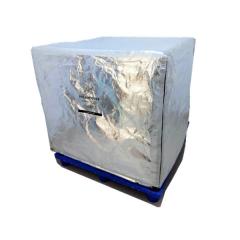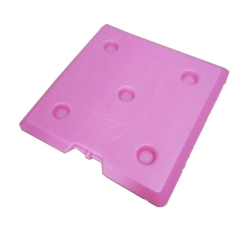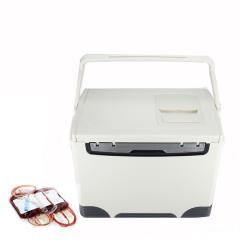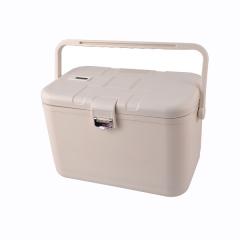Key Benefits of Phase Change Materials (PCMs) for Cold Shipments: Findings from Ice Popsicle Experiment?
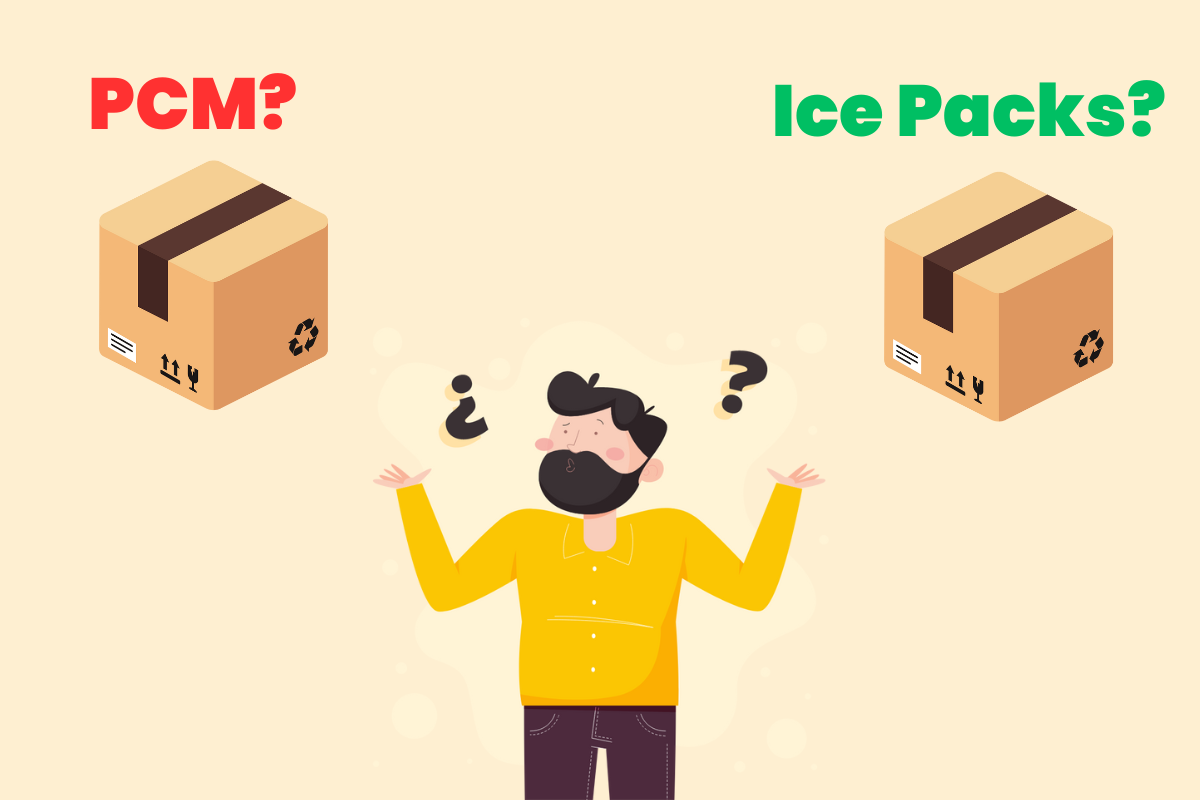
In our conducted experiment, our objective was to investigate the benefits associated with the utilization of phase change materials (PCMs) in lieu of conventional ice packs for cold shipments.
To examine this, we devised a scenario involving the transportation of a package of Ice Popsicles during the peak of summer. The results of our experiment unveiled three notable advantages that ensure the maintenance of product integrity throughout the transportation process.
Table of Contents:
- Wider Range of Temperatures: Explore how phase change materials (PCMs) offer a broader temperature range for cold shipments.
- Maintains Temperature Longer: Discover how PCMs excel in maintaining desired temperatures for extended periods during transportation.
- Provides More Value: Uncover the added value that PCMs bring to cold shipments compared to traditional ice packs.
- Conclusion: Summarize the key findings and benefits of using PCMs over ice for cold shipments.
Wider Range of Temperatures
Phase change materials (PCMs) offer a distinct advantage over traditional ice packs due to their customizable melting temperatures. While ice packs are effective for keeping things cold, they may not be suitable for products that cannot tolerate freezing temperatures or fall outside the freezing range of water. PCMs are specifically designed to address these challenges. When it comes to cold or cool shipments, PCMs provide tailored temperature options ranging from -30°C to 18°C.
In our particular study, we focused on the protection of temperature-sensitive beverages, specifically ice popsicles, during shipment. Popsicles require freezing temperatures to maintain their quality, and exposure to higher temperatures can lead to appearance changes and loss of integrity. To ensure the preservation of popsicles during transit, we established -10°C as the maximum acceptable temperature threshold. In order to determine the most effective solution for maintaining the desired temperature range, we compared the performance of a phase change material with a melting point of 18°C alongside traditional ice.
Maintains Temperature Longer
Due to its melting point at 0°C, ice has limitations in maintaining temperature as effectively as other phase change materials, especially when the critical temperature range exceeds 0°C. Our study clearly demonstrates this phenomenon.
For our popsicles shipment, meticulous attention was given to ensure uniform packaging. As depicted below, both shipments were prepared using identical shippers, packing materials, and ice pops. The only distinction between the two boxes was the choice of temperature management solution – one contained 318g of ice, while the other utilized 316g of phase change material with a melting point of 18°C. These shipments were then packed and transported together via EV-Vehicles from Hyderabad, Banjra Hill to Hyderabad City, Hyderabad.
We also took care to ensure consistent shipping routes and conditions. The packages were sent in parallel, exposing them to the same ambient temperatures during transit. As illustrated in the graph below, the ice-containing shipper performed adequately for approximately 20 hours, likely indicating the complete melting of the ice pouch. Subsequently, the popsicles surpassed the required temperature threshold of -10°C. In contrast, the shipper employing the phase change material maintained the popsicles below -10°C for the entire duration of the shipment, which exceeded 24 hours.


 français
français  English
English русский
русский italiano
italiano español
español português
português العربية
العربية 日本語
日本語 한국의
한국의 magyar
magyar






